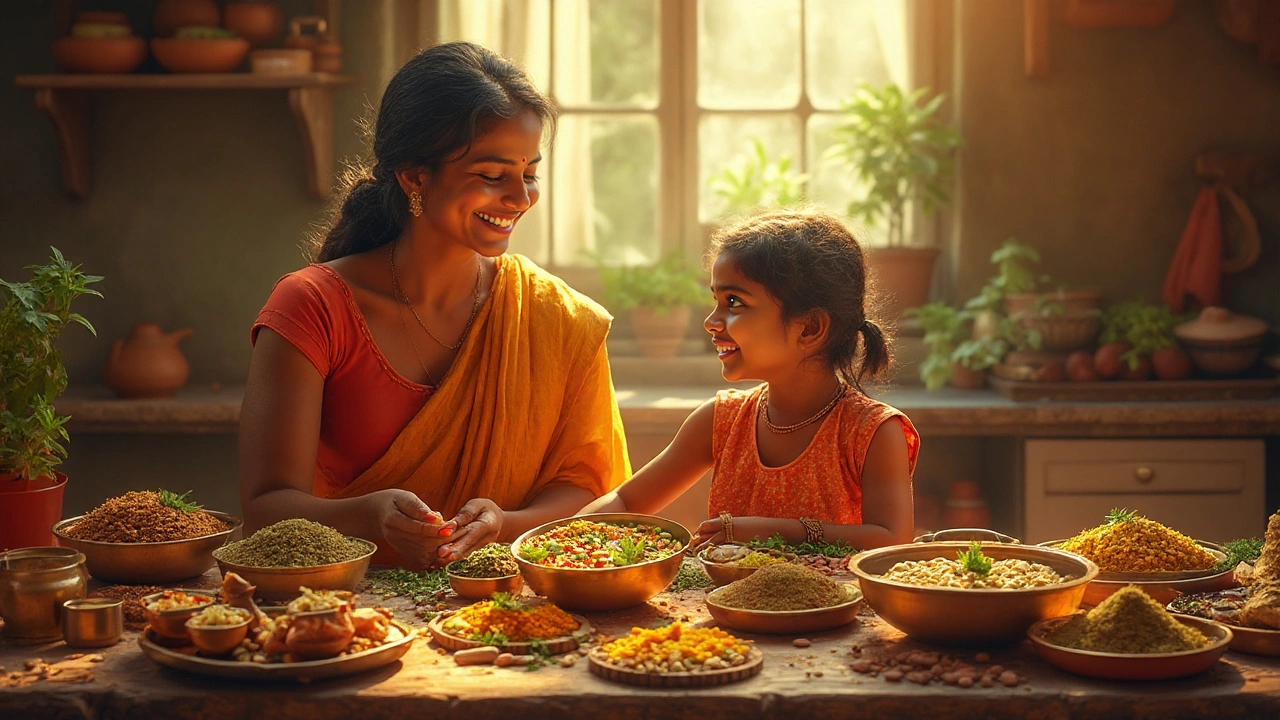Protein in Dal: Unlocking the Nutritional Power of Indian Legumes
When working with protein in dal, the amount and quality of protein found in Indian pulses like toor, moong, and masoor. Also known as dal protein, it serves as a cornerstone of vegetarian protein for millions of households. Dal, split peas, lentils, and beans commonly used in Indian cooking delivers essential amino acids that plant‑based diets often miss.
Why Protein Matters in Indian Cooking
Protein in dal isn’t just a label—it’s a functional ingredient. It supports muscle repair, keeps you full longer, and stabilizes blood sugar after a spicy meal. The lentil, a subgroup of dal that includes red, green, and black varieties family typically offers 7‑9 g of protein per cooked cup, rivaling dairy options like paneer. When you combine dal with a grain such as rice or roti, the two create a complete protein profile, covering all nine essential amino acids.
Soaking dal before cooking does more than cut cooking time. It activates enzymes that break down anti‑nutrients, making the protein easier to digest. A study from the Indian Council of Agricultural Research showed that soaked toor dal improves protein digestibility by up to 15 %. This means you get more usable protein from the same amount of beans, and you avoid the bloating that unsoaked pulses can cause.
Many home cooks wonder how dal stacks up against other vegetarian protein sources like paneer or tofu. Paneer delivers about 14 g of protein per 100 g, but it’s also high in saturated fat. Tofu, on the other hand, offers a lean 8 g of protein per 100 g and absorbs flavors well. When you compare these numbers with a cup of cooked moong dal (≈7 g), you see that dal holds its own, especially when you eat larger portions or mix it with other protein‑rich foods.
Cooking technique influences protein quality, too. Pressure cooking preserves more amino acids than long boiling, while adding a pinch of hing (asafoetida) or a splash of lemon juice can enhance mineral absorption. These small tweaks are backed by food‑science research that shows acid environments help release bound iron, which works hand‑in‑hand with the protein for better overall nutrition.
Regionally, India’s culinary landscape showcases a wide range of dal‑based dishes, each highlighting protein in its own way. From the buttery dal makhani of Punjab to the tangy sambar of South India, the spice blends and cooking fats vary, but the protein base stays constant. Understanding how each spice interacts with protein—like how turmeric’s anti‑inflammatory properties complement the amino acids—adds another layer to why dal remains a dietary staple.
For those tracking macros, it’s handy to note that a standard serving (½ cup cooked) of split pigeon pea (toor dal) contains roughly 9 g of protein, 12 g of carbs, and 0.5 g of fat. Pairing it with a tablespoon of ghee adds healthy fats while keeping the protein surge intact. If you’re vegan, substitute ghee with coconut oil and still reap the same protein benefits.
Beyond the kitchen, dal farming promotes sustainable agriculture. Pulses fix nitrogen in the soil, reducing the need for synthetic fertilizers. This ecological advantage aligns with the health benefits of protein in dal, making the legume a win‑win for the planet and your plate.
Whether you’re a beginner looking for a simple dal recipe or an experienced cook tweaking the perfect protein boost, the articles below cover everything—from soaking myths and nutrient comparisons to flavor tricks that turn everyday dal into a superfood. Dive in to see how each post expands on the ideas introduced here and gives you actionable steps to make the most of protein in dal in your daily meals.

Dal Nutrition Facts: Is It More Protein or Carbs? Get the Real Scoop
Wondering if dal is a carb or protein? Break down exactly what’s in dal, which type has the most protein, and practical ways to use dal for balanced, healthy meals.